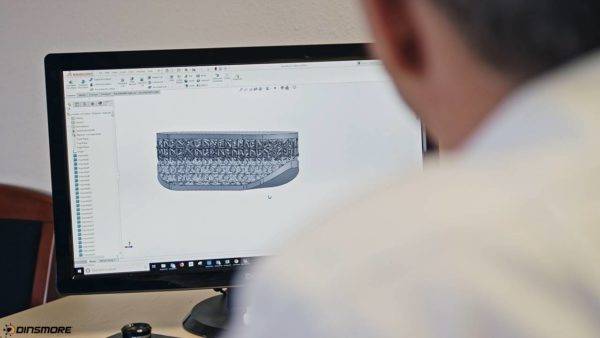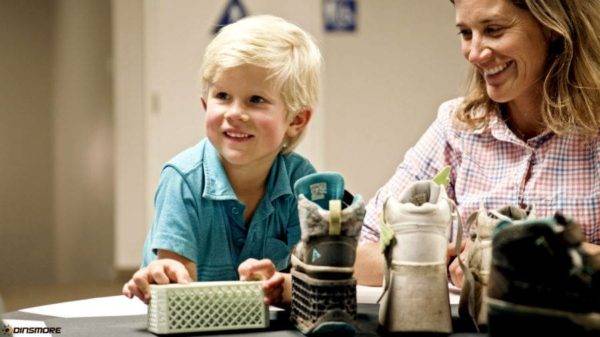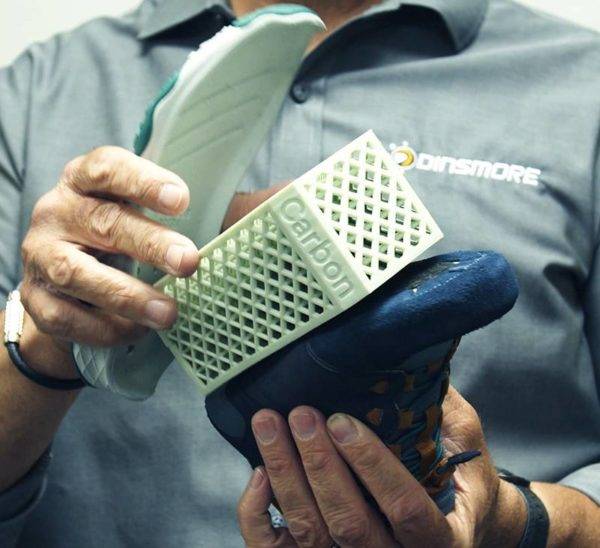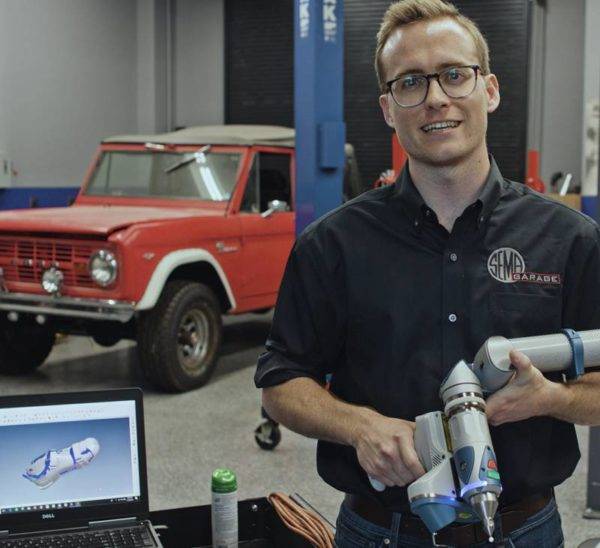Dinsmore Inc., Orange County 3D Printing and Additive Manufacturing services provider with over 25 years industry experience, delivers custom 3D printed orthotics for Imre Patterson, a young boy who was born with a femoral discrepancy (causing one leg to be shorter than the other). Using breakthroughs in both 3D printing technology and materials, the team at Dinsmore Inc. designed an alternative to his traditional manufactured foam boot using Carbon’s Digital Light Synthesis™ (DLS) technology to 3D print a lightweight, latticed midsole. This is the same technology used to manufacture the midsoles of Adidas 4D Futurecraft shoes.


The youngest of three boys, Imre is extremely athletic and has a smile that lights up every room he walks into. His eagerness to embrace life one step at a time led his family to look at 3D printing as a possible solution to improve their son’s quality of life. A family friend connected the Pattersons with Dinsmore Inc.’s 3D Printing and Additive Manufacturing services in Irvine, California. After meeting Imre, the team immediately started working on a 3D printed solution to help him do all the things he loves to do. The best solution at the time of the first shoe’s design involved using Nylon 12PA material and HP’s Multi Jet Fusion (MJF) Technology. This process uses an array of inkjets that apply fusing and detailing agents to selectively melt fine grains of powder, combining it with a binding agent and heat to form the shape of the latticed midsole. Although this shoe was durable and lighter than his manufactured foam boot, a second round of shoes was needed to keep up with Imre’s active lifestyle.



Carbon’s Digital Light Synthesis™ (DLS) technology was considered for the second version of Imre’s shoes, because of its ability to 3D print the midsole using elastomeric polyurethane based material. This material would provide Imre with a durable, lightweight, and responsive midsole. DLS used light to shape the liquid material in the form of a lattice, forming the midsole specifically in the shape of each shoe it was bonded to. In order to fit all these components together, the shoes provided by Chris Hillyer at Deckers Brands were 3D scanned by Conner Morris at the SEMA Garage. Using the scan data, the Dinsmore team was able to design the CAD model and shape of each 3D printed midsole to fit the specific TEVA and UGG shoes that they were bonded to.
Because the midsoles were designed digitally, “as Imre grows, we can take the baseline of what we’ve already done, modify that lattice structure, and create another midsole.”
Jay Dinsmore, CEO and Founder of Dinsmore, Inc.
Production Development Engineer at Carbon, Jason Lopes assisted with designing the lattice structure specifically for the technology commented that “as he grows bigger, we can put a scale model on it.” Because the midsoles were designed digitally, “as Imre grows, we can take the baseline of what we’ve already done, modify that lattice structure, and create another midsole,” according to Jay Dinsmore, the Founder and CEO of Dinsmore Inc. One of the benefits of 3D printing is its ability to design upon previous data and adapt it to whatever necessary changes need to be made in the application. Both Imre and his family are actively involved with Dinsmore Inc.’s 3D printing experts to create solutions for Imre as he strides into a future as bright as his smile.
